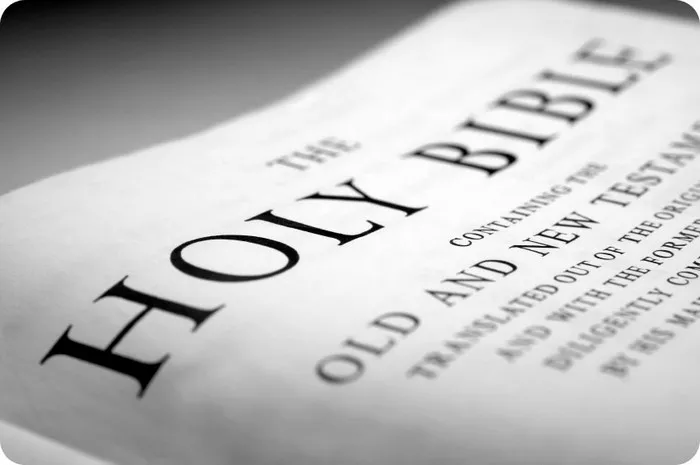Aaron, a central figure in the Hebrew Bible, is best known as the brother of Moses and the first High Priest of Israel. His story is intricately woven into the narrative of the Exodus and the establishment of the Israelite priesthood. This article delves into Aaron’s life, his roles, and his legacy, exploring his significance in biblical history.
Early Life and Family Background
Aaron was born into the Levite tribe in Egypt, during a time when the Israelites were enslaved by the Egyptians. He was the son of Amram and Jochebed and the older brother of Miriam and Moses (Exodus 6:20; Numbers 26:59). As the eldest sibling, Aaron played a vital role in the family, especially given the turbulent context of their enslavement.
Role as Moses’ Spokesman
Aaron’s prominence begins with God‘s call to Moses at the burning bush. Moses, hesitant and self-conscious about his speaking abilities, expressed his concerns to God. In response, God appointed Aaron as Moses’ spokesperson (Exodus 4:10-16). Aaron’s eloquence complemented Moses’ leadership, and together they confronted Pharaoh, demanding the release of the Israelites.
The Plagues and the Exodus
Aaron was instrumental during the plagues that God sent upon Egypt. He performed many of the signs and wonders that demonstrated God’s power. For instance, Aaron’s staff turned into a serpent (Exodus 7:10), he struck the waters of the Nile to turn them into blood (Exodus 7:19-20), and he brought forth the plague of frogs (Exodus 8:5-6). These acts were crucial in compelling Pharaoh to release the Israelites.
The Golden Calf Incident
One of the most controversial episodes involving Aaron is the Golden Calf incident. While Moses was on Mount Sinai receiving the Ten Commandments, the Israelites grew restless and demanded a tangible representation of God. Aaron acquiesced and fashioned a golden calf from the people’s gold earrings (Exodus 32:1-6). This act of idolatry led to severe consequences, and although Aaron was rebuked by Moses, he was spared from punishment, unlike many of the Israelites who were killed for their rebellion (Exodus 32:25-29).
See Also: What Was the Golden Calf in Exodus?
Establishment of the Priesthood
Despite the Golden Calf incident, Aaron was chosen by God to serve as the first High Priest, marking the beginning of the Aaronic priesthood. God instructed Moses to anoint Aaron and his sons, consecrating them for their sacred duties (Exodus 28-29). Aaron’s priestly garments, described in detail in Exodus 28, were elaborate and symbolized his holy office. He was responsible for performing sacrifices, maintaining the Tabernacle, and interceding on behalf of the people.
Aaron’s Rod and Miracles
Aaron’s rod became a symbol of divine authority and miracles. One notable miracle was the budding of Aaron’s rod, which confirmed his selection by God as High Priest (Numbers 17:1-10). This miracle was a response to the rebellion of Korah and his followers, who challenged Aaron’s and Moses’ leadership. The blossoming rod was a clear sign that Aaron’s priesthood was divinely ordained.
Challenges and Rebellions
Aaron’s leadership was not without challenges. Apart from the Golden Calf incident, Aaron faced opposition from his own family. In Numbers 12, Aaron and Miriam spoke against Moses because of his Cushite wife and questioned his unique relationship with God. God defended Moses, rebuked Aaron and Miriam, and Miriam was struck with leprosy, though she was healed after Moses interceded (Numbers 12:1-15).
Additionally, the rebellion of Korah, Dathan, and Abiram in Numbers 16 was a significant challenge to Aaron’s authority. These leaders questioned Aaron’s priestly role and led a revolt. God intervened, and the earth swallowed the rebels, reaffirming Aaron’s position.
Death and Legacy
Aaron’s death is recorded in Numbers 20:22-29. Due to his participation in the sin of striking the rock at Meribah (Numbers 20:7-13), Aaron, like Moses, was not permitted to enter the Promised Land. He died on Mount Hor, and his priestly garments were transferred to his son Eleazar, signifying the continuation of the priesthood.
Aaron’s legacy is multifaceted. As the first High Priest, he established a priestly lineage that played a central role in Israel’s worship and religious life. His life reflects both human frailty and divine grace. Aaron’s story is a testament to God’s ability to use imperfect individuals to fulfill His purposes.
Aaron in the New Testament
Aaron’s legacy extends into the New Testament, where he is mentioned in the context of the priesthood. The Book of Hebrews compares Jesus Christ to Aaron, presenting Jesus as the superior High Priest who offers a perfect and eternal sacrifice (Hebrews 4:14-5:10; 7:11-28). This comparison underscores Aaron’s importance in understanding the development of the priestly concept and its fulfillment in Christ.
Conclusion
Aaron’s life is a compelling narrative of leadership, service, and the complexity of human character. From his role as Moses’ spokesman to his high priestly duties, Aaron played a crucial role in the foundational events of Israel’s history. His story, filled with triumphs and failures, offers valuable lessons about faith, obedience, and the grace of God. Aaron’s legacy as the first High Priest of Israel continues to be a significant element of biblical history and theology.


